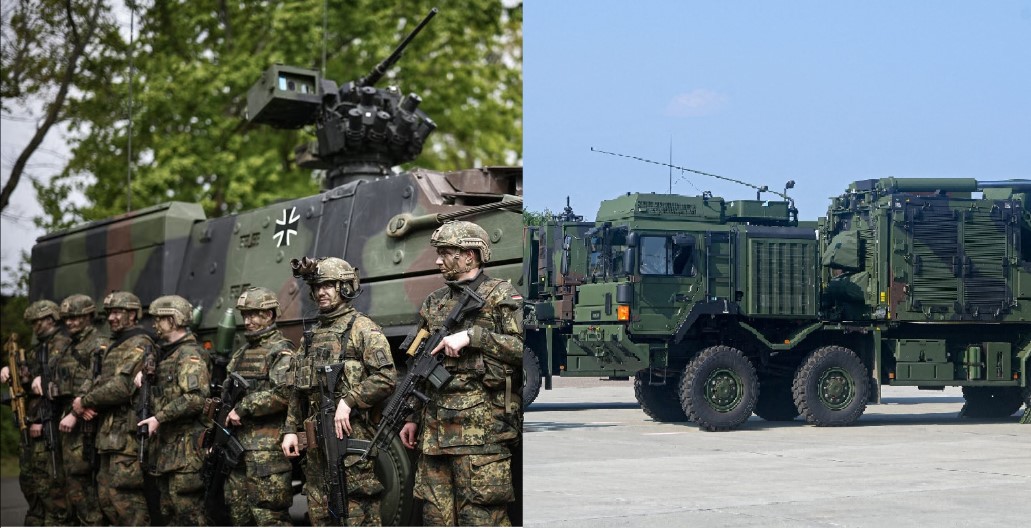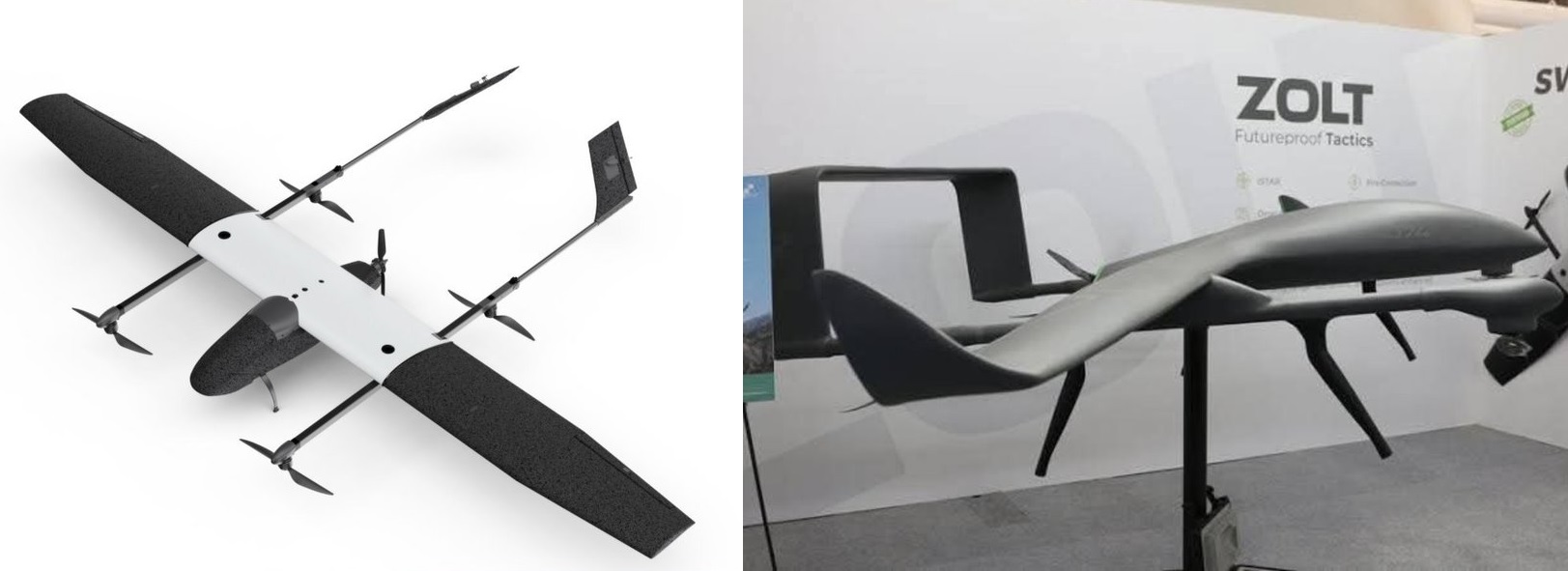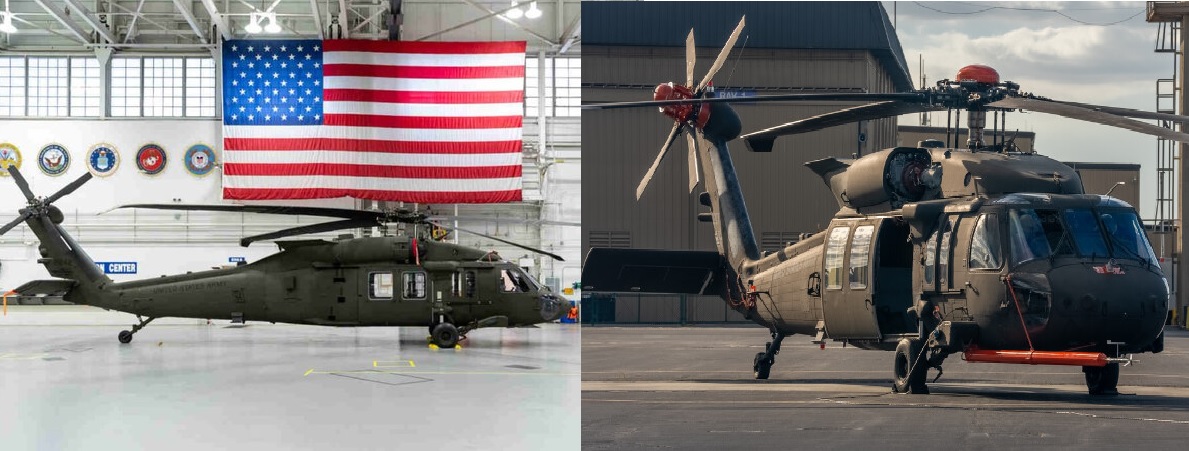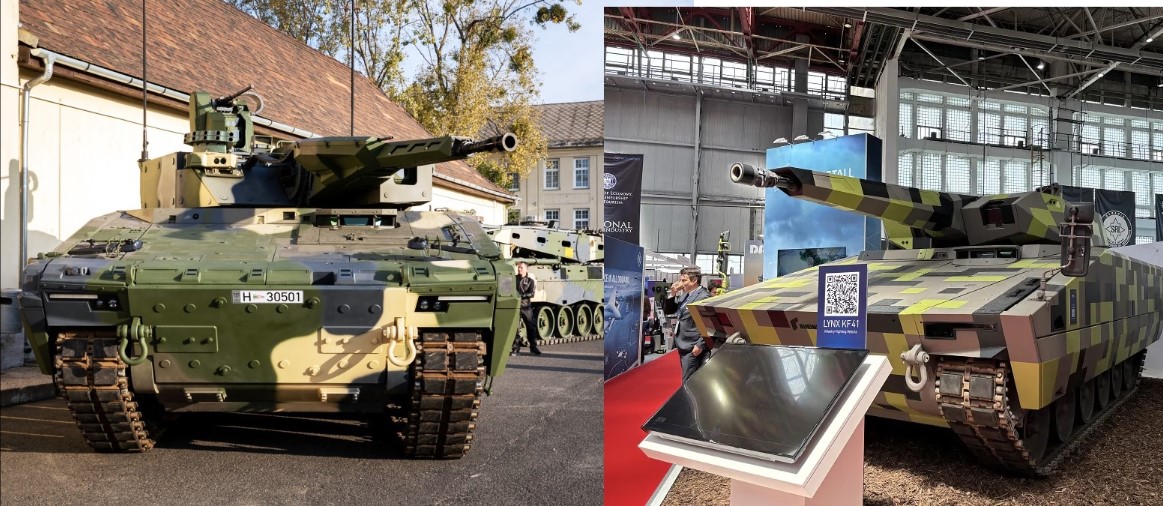Bayraktar TB3 Conducts Successful Test, Scores Triple Direct Hit with MAM-L Precision Munitions
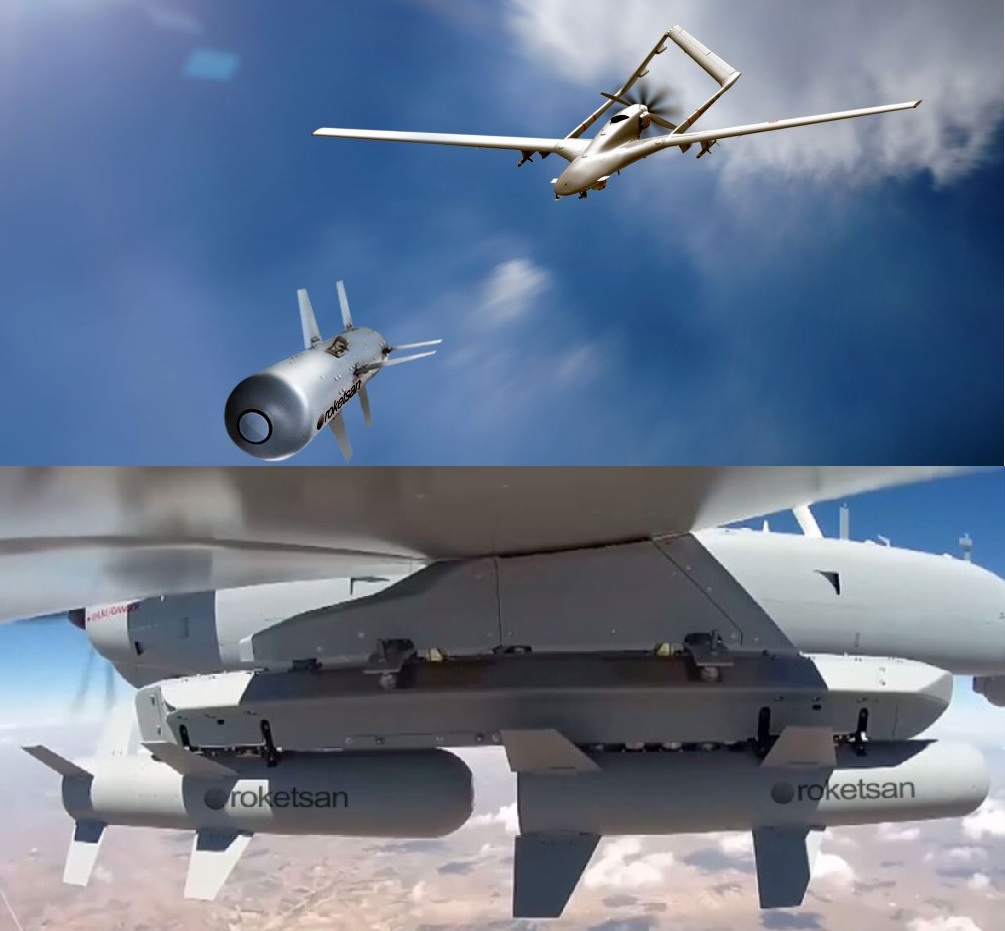
Türkiye’s expanding unmanned naval aviation program recorded a major milestone on 15 November 2025, when the Bayraktar TB3 unmanned combat aerial vehicle, flying under the designation PT-1R, executed a triple live-firing of Roketsan’s MAM-L TV/IIR smart munitions, scoring three consecutive direct hits on a designated ground target.
The salvo was launched in quick succession, confirming “bull’s-eye” accuracy for the full load-out. A Bayraktar TB2 orbiting overhead documented the engagement, reinforcing the maturing concept of cooperative drone formations for maritime and littoral strike operations.
The demonstration, carried out after a series of carrier-deck trials aboard the amphibious assault ship TCG Anadolu, represents a decisive step from experimentation toward a deployable naval strike architecture across Türkiye’s “Blue Homeland” maritime doctrine.
Carrier-Capable UCAV Moves into Operational Profile
Baykar noted that the TB3 PT-1R flew a mission profile replicating carrier-based launch and recovery, validating its integration with sea-based aviation procedures. The UCAV released three MAM-L TV/IIR munitions in a tight strike window, showcasing the system’s ability to employ salvo tactics, sustain guidance lock, and maintain aerodynamic stability under operational conditions.
The achievement highlights the TB3’s rapid evolution since its maiden flight in October 2023. It has already completed:
-
Ski-jump take-off tests
-
Full-deck operations aboard TCG Anadolu (2024)
-
Live-fires with MAM-T and UAV-122 supersonic missile (2025)
This latest engagement places the TB3 at the center of Türkiye's ambition to field the world's first naval UCAV carrier wing.
TB3: Carrier-Capable UCAV for Sea Control
The Bayraktar TB3 is built from the TB2 lineage but redesigned for naval operations with folding wings, reinforced landing gear, and a propulsion system tailored for maritime humidity and corrosive salt conditions. With a maximum take-off weight of around 1,450 kg and six hardpoints supporting a 280-kg payload, the TB3 stands as the backbone of Türkiye’s emerging UCAV carrier wing.
Its pairing with MAM-L mirrors the doctrinal role of systems like the MQ-9 Reaper, but with the advantage of being navalized from inception, unlike Western STOL/UAV carrier experiments such as the MQ-9B STOL and Mojave.
Roketsan’s MAM-L: Precision Munition for Shipborne UAV Strike
The test featured the TV/IIR variant of the MAM-L, which enhances target tracking and engagement reliability in cluttered or low-visibility environments—conditions typical of littoral warfare.
MAM-L (TV/IIR) – Weapon Specifications
-
Weight: ~22 kg
-
Length: 0.95 m
-
Guidance:
-
Imaging Infrared (IIR)
-
TV seeker
-
Two-way data link
-
Inertial + GNSS navigation
-
-
Range: Up to 15 km, extendable in updated variants
-
Warhead Options:
-
Anti-armor
-
Thermobaric
-
Multi-purpose blast fragmentation
-
-
Target Set: Armored vehicles, radar sites, fortifications, soft-skin assets
The TV/IIR guidance gives the TB3 greater autonomy, improved target discrimination, and increased resilience against weather, smoke, or laser-disruption compared to the semi-active laser (SAL) variant.
TB2 as Overwatch: The Rise of Drone–Drone Cooperation
The Bayraktar TB2, long considered the backbone of Türkiye’s UAV fleet, played a defining role—not merely as a recording platform but as a sensor node, reinforcing the emerging model of multi-UAV strike packages.
In earlier trials, TB2s provided laser designation for TB3 weapons.
In this test, the TB2 acted as:
-
Overwatch platform
-
ISR relay
-
Target confirmation and battle-damage assessment node
This dual-drone cooperation forms the basis of a distributed “sensor–shooter web”, enabling multi-platform target acquisition, persistent surveillance, and precise engagement without any manned asset in the strike loop.
Strategic Implications for Naval Power
Launching MAM-L munitions from a shipborne Bayraktar TB3 increases Türkiye’s ability to conduct maritime operations over a wider area. This capability extends the strike range of naval units into contested zones and allows for continuous surveillance and precision engagement at lower operational cost compared to manned aircraft. It also reduces the need to use crewed platforms for routine interdiction tasks in the Mediterranean, Aegean, and Black Sea.
Within the Mavi Vatan (Blue Homeland) framework, TCG Anadolu and its TB3–Kızılelma unmanned air wing are intended to support sea control, safeguard offshore installations, and assist in a variety of maritime missions. The integration of the TB3 into naval operations provides Türkiye with additional options for conducting ISR and strike activities from the sea.
Export Momentum and Global Naval Interest
The TB3’s growing international profile—underscored by the agreement to supply and co-produce 60 TB3s with Indonesia—signals a broader appeal among middle powers seeking high-end naval aviation without investing in traditional aircraft carriers.
Global navies are observing Türkiye’s progress closely. As US and UK forces test UAV deck operations with MQ-9 derivatives, the TB3’s combat-proven maritime integration places Türkiye at the forefront of drone-centric naval doctrine.
A Defining Moment for UCAV-Based Sea Control
The triple MAM-L TV/IIR strike, combined with TB2 overwatch and the broader deck-test campaign aboard TCG Anadolu, confirms that Türkiye’s unmanned naval aviation has entered a new operational phase.
No longer an experiment, the TB3–MAM-L system has evolved into a coherent, deployable, shipborne strike capability.
The 15 November test stands not as a single achievement but as the consolidation of:
-
Airframe engineering
-
Precision-guided weapon development
-
Carrier integration
-
Cooperative drone tactics
-
Strategic maritime planning
With this, Türkiye positions the Bayraktar TB3 as a benchmark platform for navies seeking agile, survivable, and cost-effective unmanned sea-control capabilities.
✍️ This article is written by the team of The Defense News.
